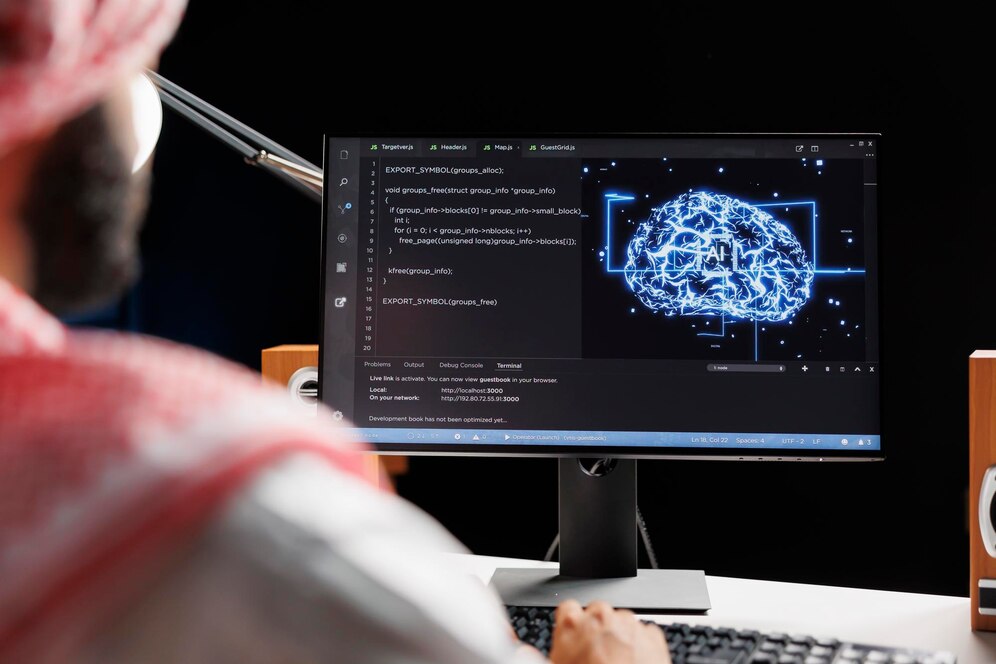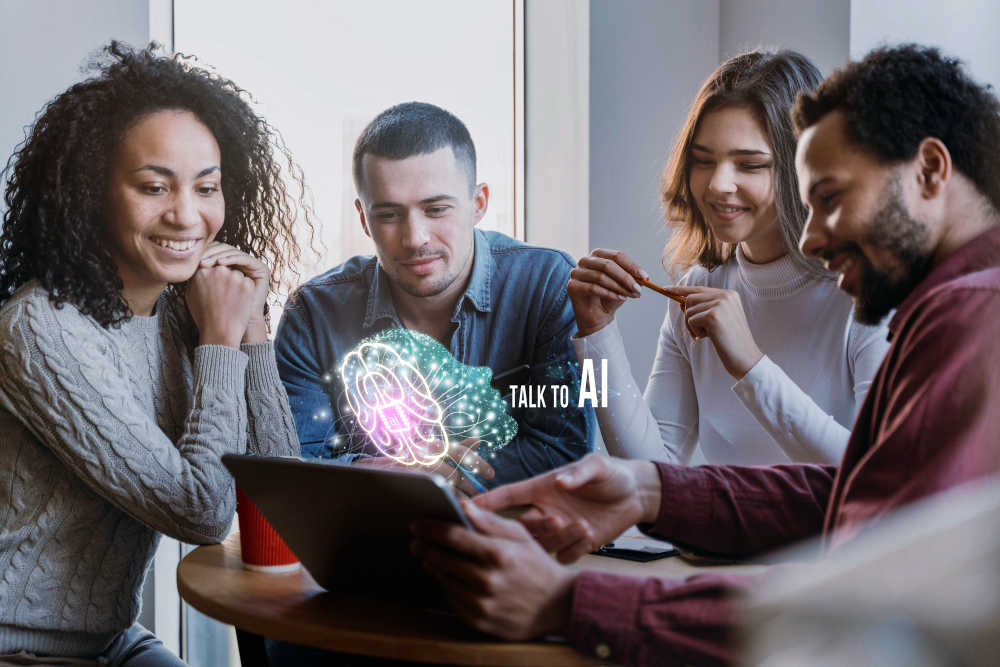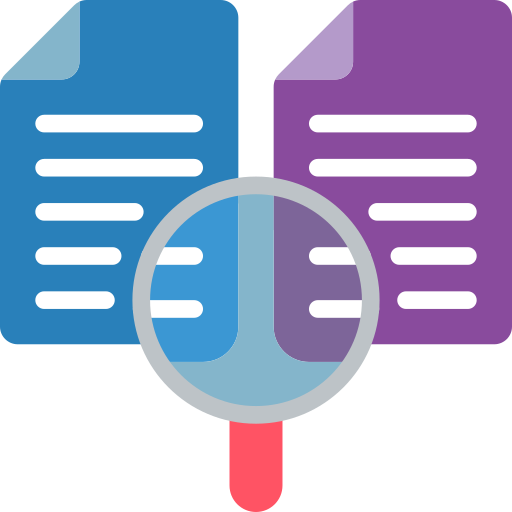
Today’s content-driven world distinguishing between human writing and artificial intelligence-generated writing is becoming a real challenge. That’s where AI text detection comes into play.
Whether you’re a teacher trying to prevent cheating or a recruiter filtering applications, AI text detection tools are fast becoming essential.
But what exactly is AI text detection, how does it work, and why does it matter so much? Let’s dive in.
Why AI Text Detection Matters
AI tools like ChatGPT, Jasper, and Copy.ai have made it incredibly easy to generate high-quality content. But with that convenience comes risk—especially in settings where originality matters.
Here’s why detecting AI text is important:
Academic Honesty: Schools and universities want to make sure students are doing their own work, not outsourcing everything to machines.
Misinformation Control: AI can create fake news articles or misleading content fast. Detection tools help identify suspicious content before it spreads.
Brand Voice & Authenticity: For marketers, using too much AI can make content feel robotic. Detection tools help maintain the human touch.
What Is AI Text Detection?
AI text detection is the process of analyzing written content to determine whether it was likely created by an artificial intelligence tool or a human.
These detectors look for subtle signs like repetitive phrasing, unnatural tone, or generic patterns that often appear in AI-written text.
How AI Text Detection Works

AI detectors use advanced algorithms that study multiple factors:
Linguistic Patterns
AI tends to write in predictable patterns. Detectors look for these consistencies in sentence flow and structure.
Sentence Structure & Repetition
AI may repeat certain sentence structures or rephrase ideas with minimal variety. Humans naturally write with more variation.
Vocabulary & Style Shifts
Tools can pick up on sudden shifts in vocabulary complexity or style—often a clue that AI had a hand in writing part of the content.
Popular Tools for AI Text Detection
There are several platforms out there that help with detecting AI-generated content:
Turnitin – Popular in schools and colleges for plagiarism and AI checks.
GPTZero – A simple and effective tool for quick checks.
Originality.ai – Favored by SEO experts and bloggers.
Copyleaks – Used in educational and business settings alike.
These tools aren’t perfect, but they’re constantly evolving.

Strengths of AI Text Detection Tools
Speed: Check thousands of words in seconds.
Scalability: Perfect for institutions dealing with large volumes of writing.
Assistance, Not Judgment: These tools assist humans in making informed decisions—they don’t replace judgment.
Limitations of AI Text Detection
While AI text detection is powerful, it isn’t flawless:
False Positives: Sometimes, human-written text gets flagged as AI-generated—especially if it’s too polished.
False Negatives: Cleverly humanized AI content may slip through undetected.
No Context Awareness: Tools might miss the bigger picture or intent behind a text.
That’s why it’s important to use AI detectors alongside human review.
How to Use AI Text Detection Effectively
Combine Tools with Common Sense
Don’t take AI scores as gospel. Use your own understanding and knowledge to make a final judgment.
Use Multiple Detectors
If one tool gives you a suspicious result, cross-check with another to get a more accurate reading.
Context is Everything
A student using AI to brainstorm ideas is different from submitting a fully AI-written paper. The how and why matters.
Who Uses AI Text Detection and Why?
Educators: To ensure academic integrity and assess original student work.
Recruiters: To verify applicant authenticity and writing skill.
Bloggers & SEO Writers: To avoid being penalized by search engines for robotic content.
The use cases are expanding as more industries recognize the need to differentiate between human and machine writing.
The Ethics of AI Text Detection
There’s a fine line between responsible oversight and privacy invasion.
Transparency is Key: People should know if their content is being analyzed.
Respecting Privacy: Especially in educational settings, consent and ethical usage are crucial.
Detection should support fairness, not create fear.

The Future of AI Text Detection
Expect AI detection to become smarter and more subtle. Future tools will likely:
Understand tone and context better
Integrate directly into writing platforms
Offer suggestions to humanize content instead of just flagging it
Tips to Avoid Detection (Ethically)
If you’re using AI to help with your writing and want it to feel natural:
Edit and Personalize: Add your voice, opinion, and personal experience.
Break the Pattern: Vary your sentence lengths and structures.
Use AI as a Tool, Not a Crutch: Start with AI, but always finish with your own thoughts.
AI text detection isn’t about shaming or stopping people from using AI. It’s about maintaining transparency, honesty, and trust in a digital world where content is created at lightning speed.
As tools evolve, they’ll get better at telling what’s real and what’s machine-made. But one thing’s for sure—AI text detection will play a huge role in shaping how we write, read, and trust content going forward.
FAQs About The AI Text Detection Explained.
What is AI text detection used for?
It’s used to identify whether content was written by a human or generated by an AI tool, helping ensure authenticity.
Can AI text detection tools be wrong?
Yes. They can sometimes flag human text as AI-generated or miss well-edited AI content.
How accurate is AI in spotting AI-generated content?
Accuracy varies by tool. The best ones offer 70–90% accuracy, but human review is still essential.
Is it legal to use AI text detection?
Yes. Most tools are legal to use, especially in schools and businesses, as long as privacy guidelines are followed.
How can I avoid false positives?
Humanize your writing, add unique insights, and avoid overly polished or repetitive structures.







